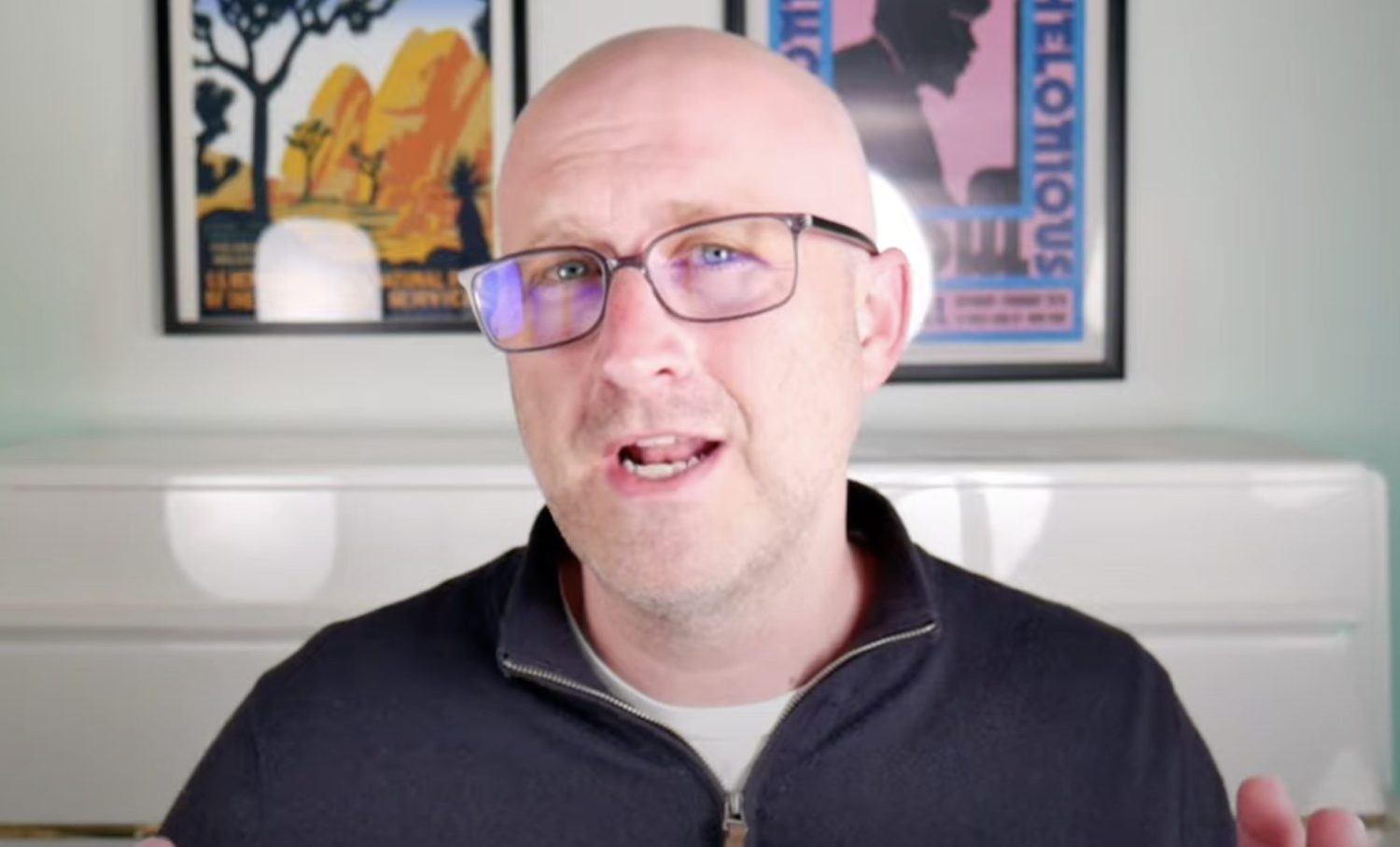The landscape of AI video generation has transformed dramatically in less than a year. As a computer graphics researcher, watching this evolution unfold has been nothing short of extraordinary. The recent release of Google DeepMind’s VO2 represents a quantum leap forward in AI-generated video capabilities, surpassing previous benchmarks by significant margins. In this article, I am going to detail what I have learned from Two Minute Paper’s recent video diving into the topic of Google DeepMind’s VO2.
What makes VO2 particularly noteworthy is its ability to generate 4K resolution videos with unprecedented quality and consistency. The contrast between VideoPoet – considered cutting-edge less than a year ago – and VO2’s current capabilities is striking. The advancement isn’t just incremental; it’s revolutionary.
Breaking Down VO2’s Capabilities
The strengths of VO2 are immediately apparent in several key areas:
- Exceptional video quality at up to 4K resolution
- Remarkable temporal coherence in most scenarios
- Superior human representation with minimal flickering
- Impressive prompt adherence compared to competitors
Traditional computer graphics required extensive programming of physics laws to create realistic simulations. Now, VO2 can generate comparable results from simple text prompts. This represents a fundamental shift in how we approach video creation.
Technical Limitations and Challenges
Despite its impressive capabilities, VO2 isn’t without limitations. The system struggles with specific scenarios:
- High-frequency motion sequences (like skateboarding)
- Consistent human face rendering during complex movements
- Object permanence in certain situations
These challenges stem from the fundamental architecture of the system – a diffusion transformer model. The process begins with noise patterns that gradually transform into coherent video sequences. Unlike image generation, video creation requires maintaining consistency across multiple frames, making it significantly more complex.
The neural network must remember what images it made previously to maintain consistency and prevent flickering effects.
Competitive Analysis
When compared to other AI video generators, including OpenAI’s Sora, VO2 demonstrates superior performance in both overall quality and prompt adherence. This is particularly significant because it shows that VO2 not only creates visually appealing content but also accurately interprets and executes user instructions.
The system’s ability to maintain consistency while delivering high-quality output sets a new standard in AI video generation. While these results aren’t peer-reviewed, the visible improvements in quality and performance are substantial enough to warrant attention.
Future Implications
The rapid advancement from VideoPoet to VO2 in less than a year suggests we’re at the beginning of a transformative period in AI video generation. The technology’s potential applications span entertainment, education, and professional content creation.
As these systems continue to evolve, we can expect improvements in handling complex motions and maintaining object permanence. The gap between AI-generated and traditionally created videos is narrowing at an unprecedented rate.
Frequently Asked Questions
Q: What makes VO2 different from previous AI video generators?
VO2 stands out through its ability to generate 4K resolution videos with superior temporal coherence and prompt adherence. It uses an advanced diffusion transformer model that processes multiple frames simultaneously, resulting in more consistent and higher-quality output.
Q: Can VO2 replace traditional computer graphics and video production?
While VO2 shows impressive capabilities, it’s currently better viewed as a complementary tool rather than a replacement. It still has limitations with high-frequency motion and complex scene consistency, making it more suitable for specific use cases rather than all video production needs.
Q: How does VO2 maintain video consistency across frames?
VO2 processes multiple noise patterns simultaneously, considering the relationships between all frames rather than generating them sequentially. This approach helps maintain long-term temporal coherence, though it’s not yet perfect in all scenarios.
Q: What are the main limitations of VO2?
The primary limitations include challenges with high-frequency motion sequences, maintaining consistent human face rendering during complex movements, and ensuring object permanence throughout scenes. These issues are most noticeable in dynamic scenes with rapid movements or complex transformations.








